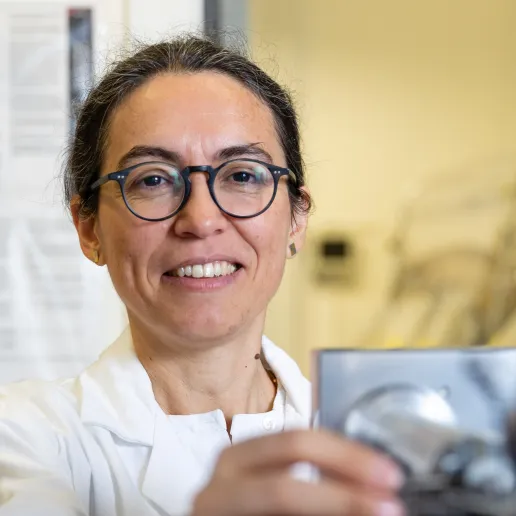Structural Biochemistry of 4-Hydroxyphenylacetate Decarboxylase, Benzylsuccinate Synthase and Respective Activating-Enzymes
Facts
DFG Temporary Positions for Principal Investigators
![]()
Description
4-Hydroxyphenylacetate decarboxylase (4-HPAD) and benzylsuccinate synthase (BSS) represent a new subclass of Fe/S cluster containing glycyl radical enzymes acting on aromatic compounds. Within the first funding period we improved the expression and purification protocols for 4-HPAD and AE and obtained new crystallization conditions for both proteins. Additionally, we obtained crystallization conditions for BSS with crystals displaying anisotropic diffraction of X-ray up to 3.2 ? resolution. We also completed the structural analysis of 4-HPAD with and without substrate-bound in the active site and postulated distinct functions for the two [4Fe-4S] clusters, as well as a Kolbe-type decarboxylation for p-cresol formation based on the substrate-bound structure, which is unprecedented in biochemistry. In the next funding period we want to continue studying i.) the molecular mechanisms of radical initiation at the activating-enzymes and radical transfer to 4-HPAD and BSS, ii) the role of substrate binding and orientation, iii) the function of the extra subunits, and iv) the possible catalytic regulation mechanisms. By combining biochemical, crystallographic and computational methods we hope to further contribute to a better understanding of anoxic biocatalysis of hydrocarbon compounds.


